Visit Kinaliada – what to see and do
Most people, when asked to name one of the Princes Islands off the coast of Istanbul will say Büyükada, the Big Island. It’s long been popular as a summer escape, but so has its smaller cousin, Kinaliada.
Kinaliada translates as Henna Island, in reference to the reddish colour of the stone on the island, which has a high iron and copper content. Mines were in operation here until the 20th century, but the island has a much older history. The Greeks called it Proti and Akoni. During the Byzantine period it was used as a place of exile but more of that later. First off, here’s what to expect when you go.
What to see on Kinaliada
Kinaliada Dönüşüm (Metamorphosis Monastery)
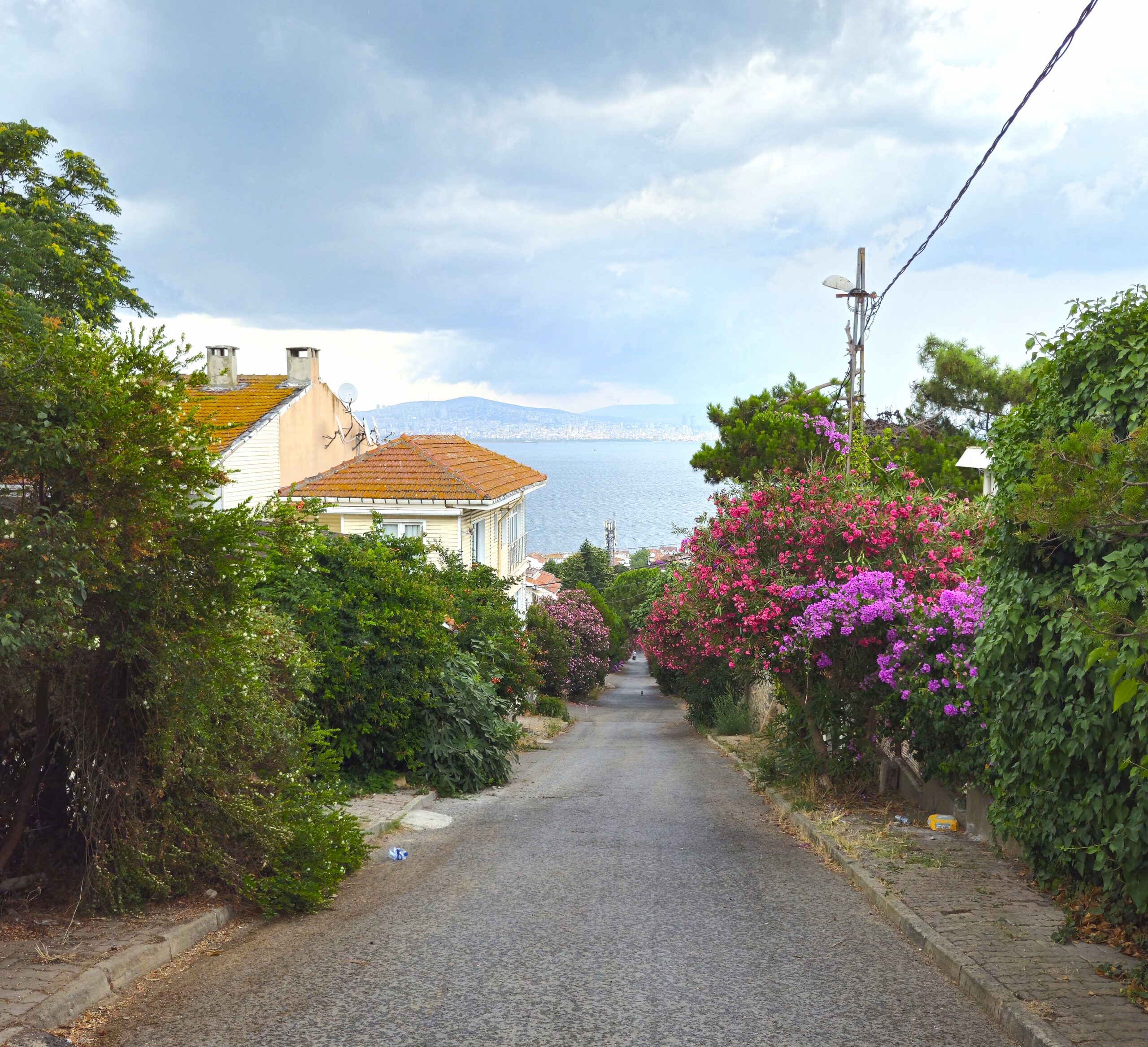
A visit to the Metamorphosis Monastery, more commonly known as Hristos Rum Manistir (Hiristos Greek Monastery) is a short one kilometre walk from the wharf. It’s one of many Greek monasteries and churches in Istanbul and elsewhere in Turkey. To reach it, all you have to do is walk to the end of Akgunluk Sokak, then turn left at Manistir Caddesi. However the words ‘short’ and ‘all’ don’t capture just how steep the walk is, so be prepared to sweat. That said, it’s well worth the effort and you get the bonus of sweeping views back over to Istanbul.
The first monastery to be constructed on this site was during the Byzantine period, in 867. There was also a catholicon, a church attached to the monastery, but it fell into ruins through disuse. Only four arched water cisterns remain from that structure. After the Turkish conquest of Constantinople in 1453, the monastery was abandoned and slowly began to collapse.
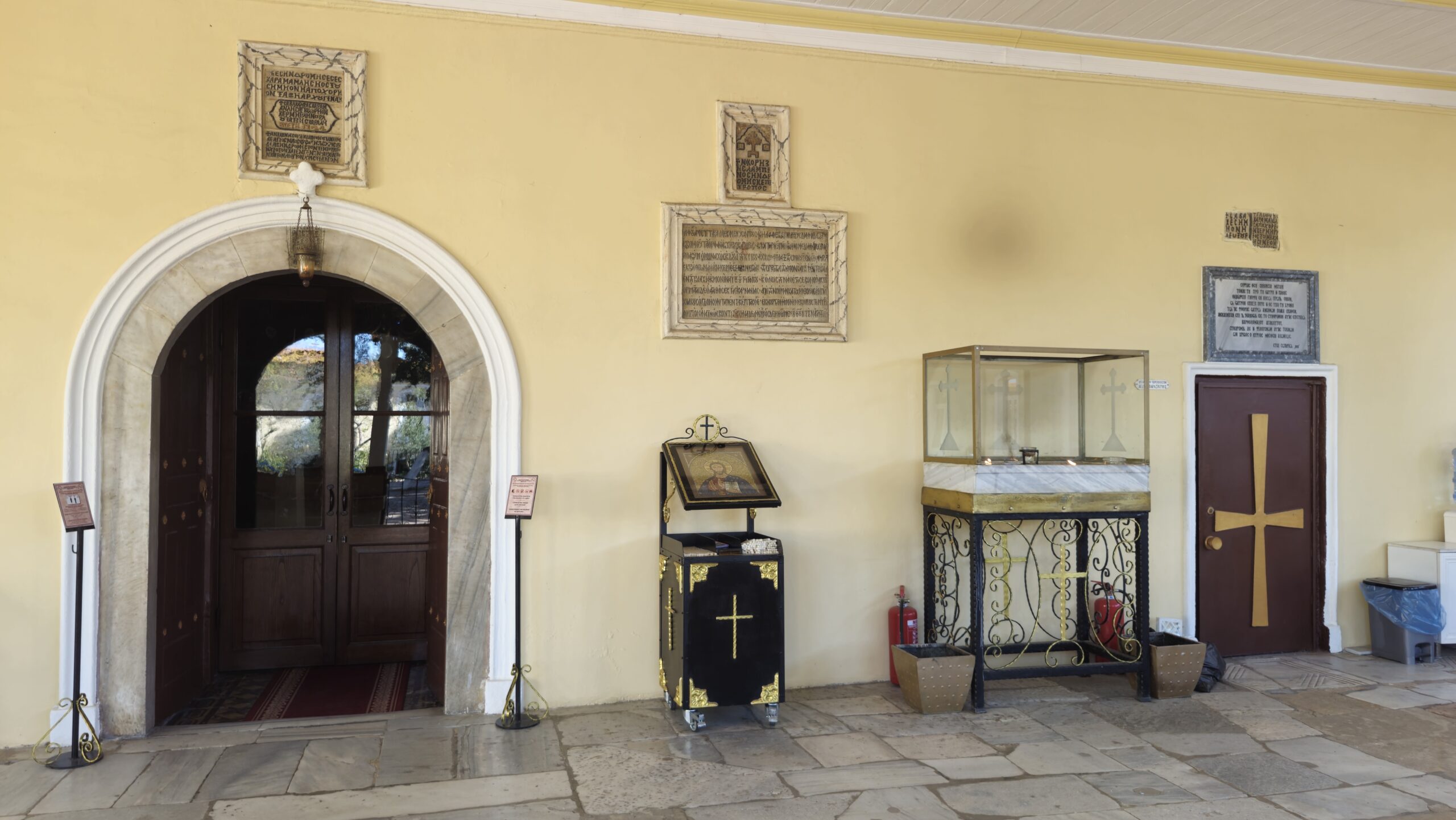
Greek merchants from Chios restored it in the 1720s. They built a replacement for the catholicon and added a chapel dedicated to St. Paraskevi. Paraskevi, named for the day on which she came into the world (Paraskevi means Friday in Greek), was born to devout Christian parents in Rome sometime around 130AD. Members of the nobility, they flaunted the law by declaring their faith and brought their daughter up as a Christian too. She grew to be a great beauty, however when suitors came to ask for her hand, Paraskevi rejected them due to her devotion to God.
Aged 20, Paraskevi was orphaned. She gave away her inheritance to the poor and entered a convent to become a nun. Rather than remaining cloistered, Paraskevi started proselytising in Rome, successfully converting hundreds to the faith despite the fact admitting to being a follower of Christ was still extremely risky. It wasn’t until she travelled to Asia Minor, modern day Turkey, that Paraskevi ran afoul of the law. She was arrested for blasphemy, tried and sentenced to death by beating. However, no matter what torture the guards inflicted on her, Pareskevi appeared fresh and unharmed each morning.
When the soldiers reported this strange phenomena to the Emperor, Antonius Pius, he became enraged. Pius ordered Paraskevi be placed in a cauldron of boiling water, tar and oil. Once immersed, Paraskevi only smiled and reiterated her commitment to God. Convinced the liquid she sat in wasn’t what he’d ordered, Pius insisted she throw some water at his face. Paraskevi complied and Pius immediately cried out in pain, yelling he was blinded. Pius begged Paraskevi to restore his sight, promising to convert. When she did he kept his word and went even further, stopping the persecutions of Christians and getting baptised himself.
Unfortunately for Paraskevi, his successor Marcus Aurelius, was not a believer and Paraskevi was beheaded in Rome on the 26th of July, in 180AD.
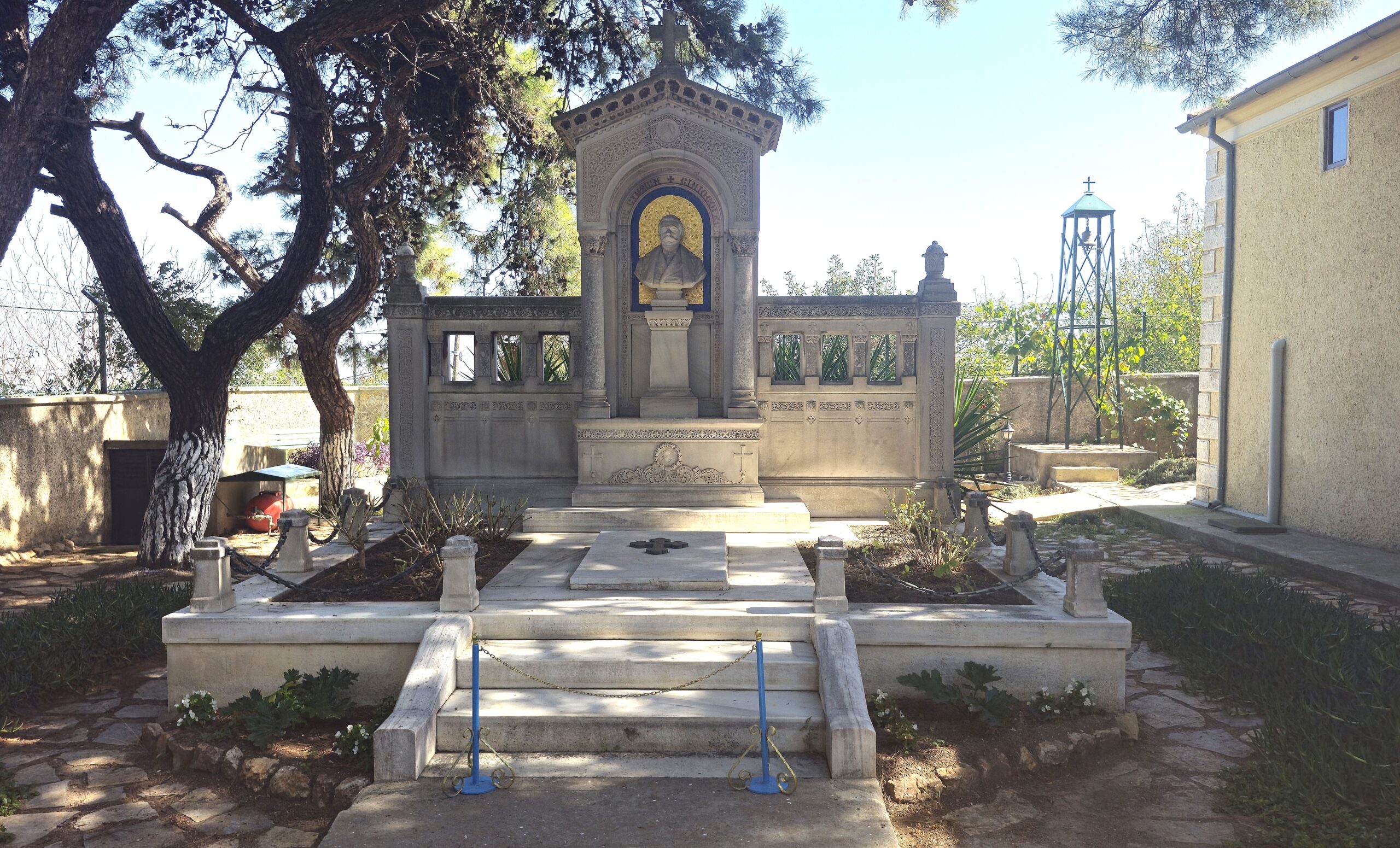
Over time Hristos Monastery has been used for many different purposes, providing succour and rest for a diverse range of peoples. Emperor Leo V the Armenian, emperor of the Byzantine Empire from 813 to 820 CE, was buried here. Romanos IV Diogenes who was defeated and captured at the Battle of Manzikert in 1071 when he tried to halt Turkish incursions against the Byzantines, was imprisoned here until he died. At one stage the monastery was an orphanage, military headquarters in WWI and even home to White Russians fleeing the Russian Revolution of 1917.
Officially the chapel is open to visit on Fridays from 9am-12.30pm. Although the sign on the wall at the entry gate says that’s only in July and August, I was there in October.
The church itself is rather small and square with a beautiful iconostasis topped with 17 panels. One of the main ones is Russian. There’s a side room where the priest puts on his robes, and a blue ceiling signifying heaven typical, of Orthodox churches. Katerina, the woman who comes to open the chapel and greet visitors told me these days most people only come to light candles and pray.
Note – you aren’t allow to photograph the interior in order to keep the treasures, including 15th and 16th century icons, safe.
Kinaliada Hristiyan Mezarlığı (Kinaliada Christian cemetery)
Akgunluk Sokak No 8
I prefer to get the hard work over at the start so the monastery was first on my itinerary. This meant the rest of my walk was downhill, and my next stop was the cemetery on Akgunluk Sokak. The highest section is for Muslims while the lower section is for Armenians. The latter is kept locked but on the day I was feeling particularly shy, and didn’t feel like finding the caretaker to ask to be let in. The Muslim section is laid out on a very steep slope (I wonder why so many cemeteries in Turkey are on hills?) and there were red and white clothes tied around the trees.
Surp Krikor Lusavoriç Ermeni Kilisesi (Surp Krikor Lusavoric Armenian Church)
Akgunluk Sokak No 10
By the mid-1800s the island had a large Armenian population and until the Surp Krikor Lusavoric Armenian Church was built in 1857, priests would come over from Istanbul and perform religious services and rites in private homes. It’s dedicated to its founder St. Gregory the Illuminator and was opened for worship by Patriarch Hagop III. The first priest to serve the church was Dionesios Çizmeyciyan. He remained there for fifty-five years, teaching reading and writing under an enormous plane tree nearby. On his death, Çizmeyciyan was buried in the churchyard as per his wishes.
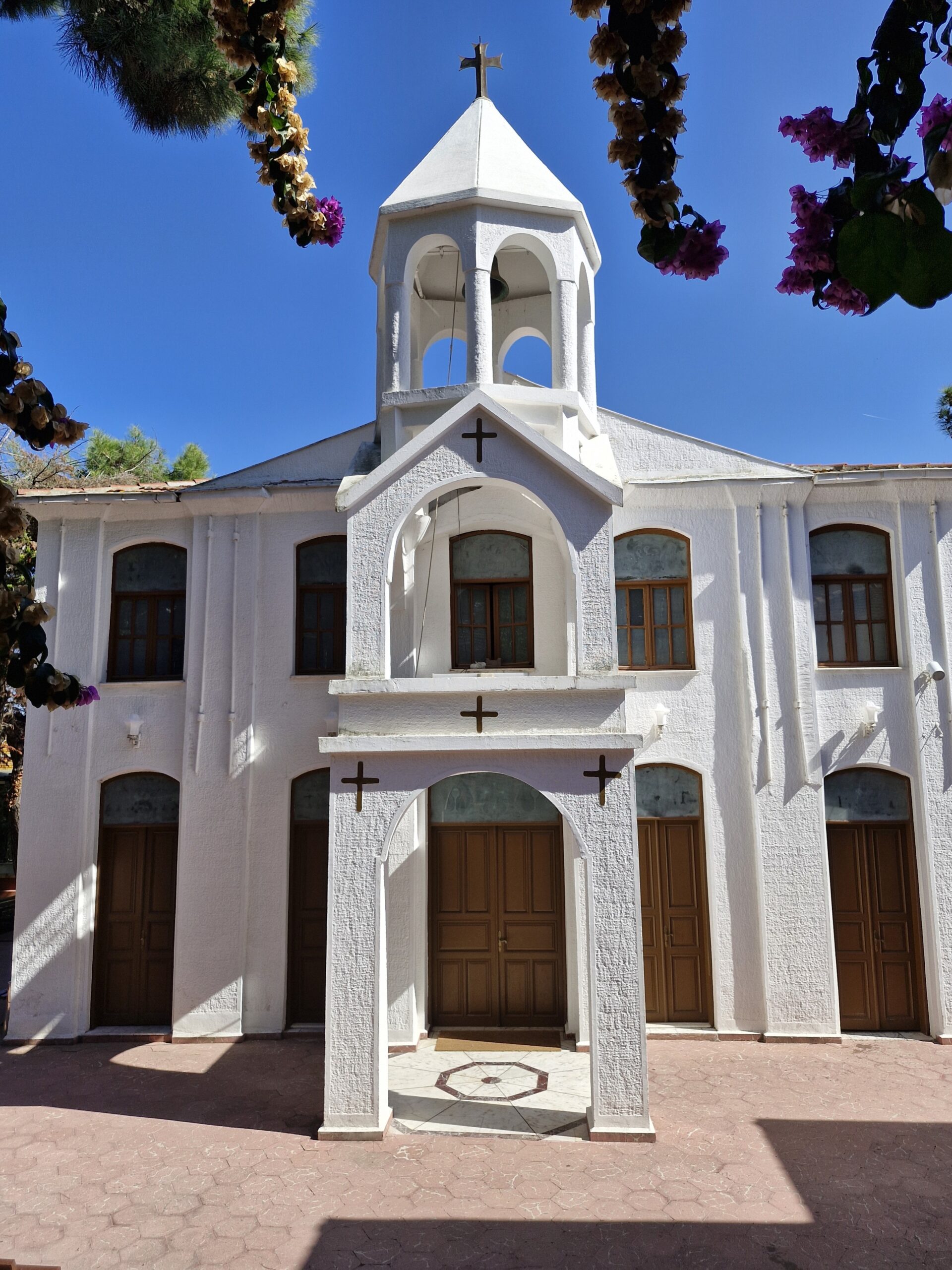
The church was so badly damaged in the 1894 Istanbul earthquake there was talk of demolishing it. After much consultation the church leaders took out a loan against part of the land, and carried out repairs. The building was restored in 1988 and the bell tower added. The interior is very similar in style to that of the Yeldegirmen Sanat building, a former chapel in Kadikoy.
Inside the entry area, the narthex, there’s a lovely picture of a priest, with an angel at his head, looking up at God in a cloud. Three chandeliers in the main section light the way to the altar, swathed in a curtain taken from the St. Auxent Armenian Church in Trabzon. The pretty painted glass panels above each of the windows depict different Armenian churches from around Turkey. All were painted by hand. Outside there’s a terrace and covered area for communal meals
Kinaliada Panayia Rum Ortodoks Kilisesi (Virgin Mary Greek Orthodox Church)
Kinali Bagi Sokak No 6
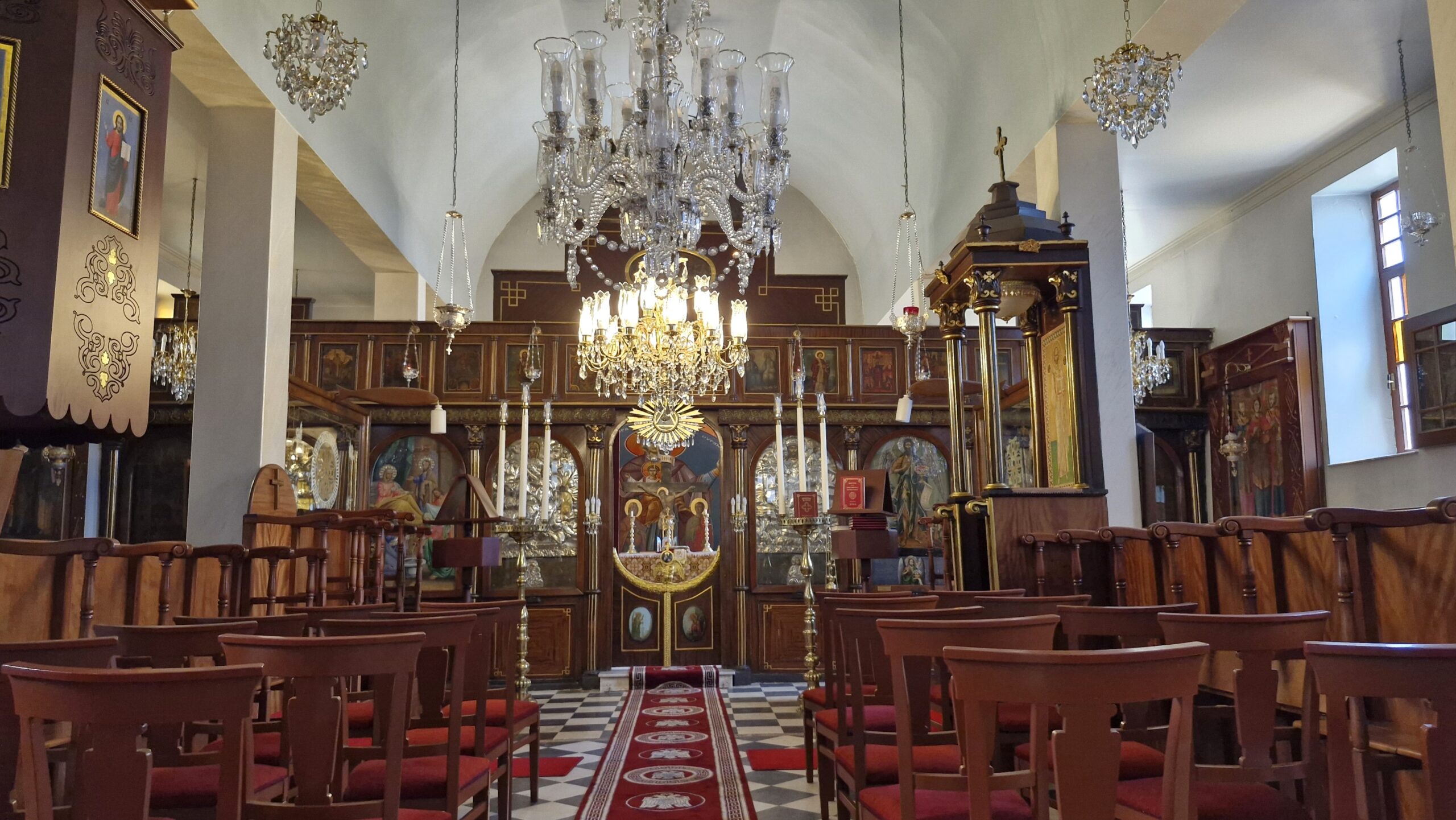
Until this Greek church was built near the shores of the island, the resident Rum (Greeks born in Turkey) had to walk up the hill to the monastery to worship. Members of the Armenian community owned the shoreline and most were against the idea of a second Greek church on the island. There seemed to be no solution to the conflict that arose until famous Armenian banker Sarkis Taşçıyan donated a plot of land to the Greek Patriarchate.
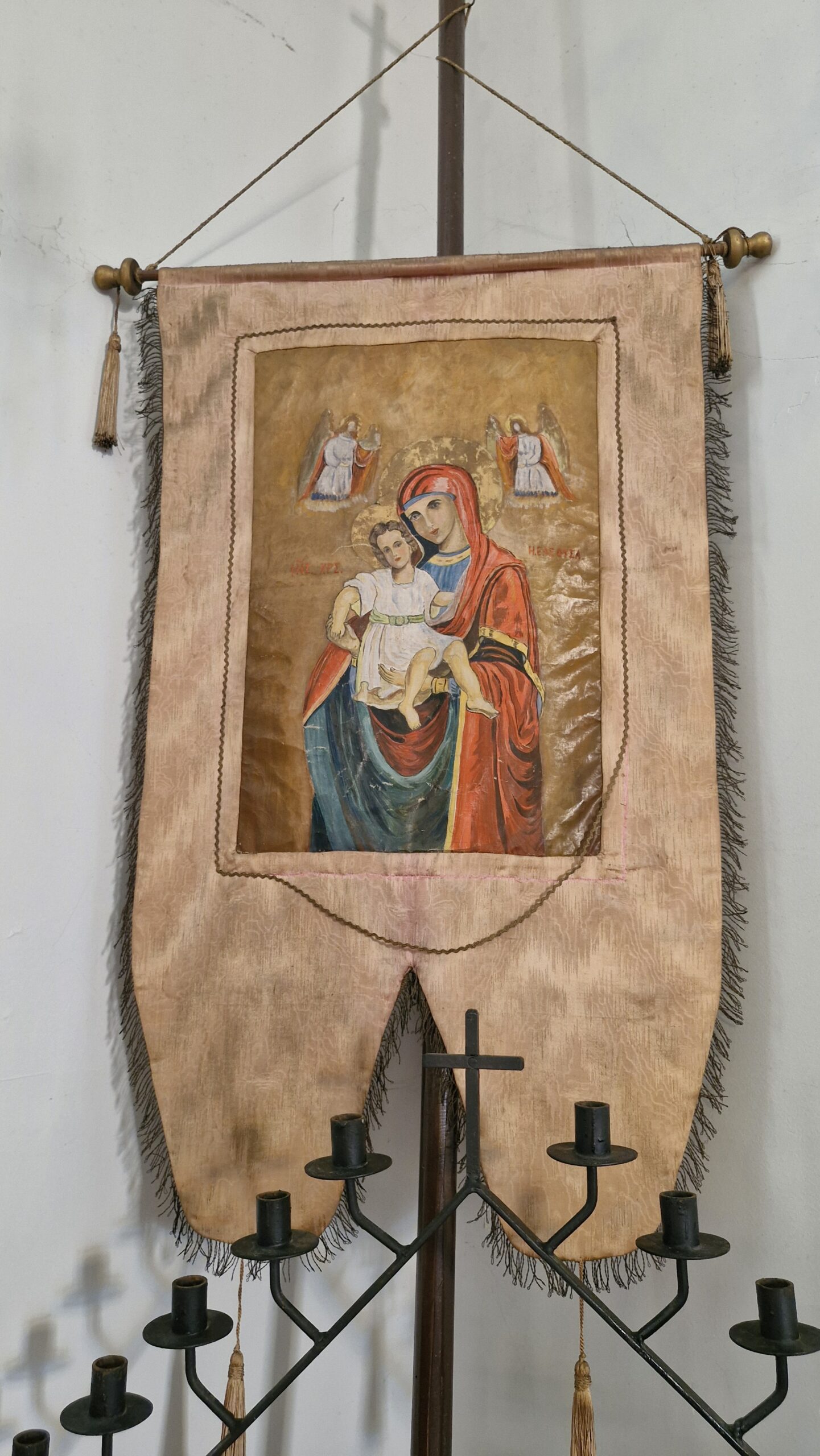
The church opened in 1886, on land once home to the Vardanios Monastery. According to Byzantine historians, Emperor Leo V lived in this monastery between 813-820. Many ancient remains were found, including column heads dating back to 6th century, when the foundations of this church were being dug. They’re now exhibited in the garden of the church. Olive oil production tools, candlesticks and marble remains were also found.
From the outside the Virgin Mary Greek Orthodox Church just looks like a plain rectangular building but inside there’s a basilica with three aisles and a narthex accessed through the southern courtyard. The narthex contains a silver-covered icon symbolising the birth of the Virgin Mary.
In 1964 Greeks born in Turkey who had Greek citizenship were exiled to Greece. Their island population declined sharply and by 1973 there weren’t enough students to justify running the Greek school that operated next door to the church so it was closed. Nowadays Assyrians who’ve settled in Istanbul worship there.
Modernist Kinaliada Camii
Kınalıada, Kınalı Çarşı Caddesi No 15
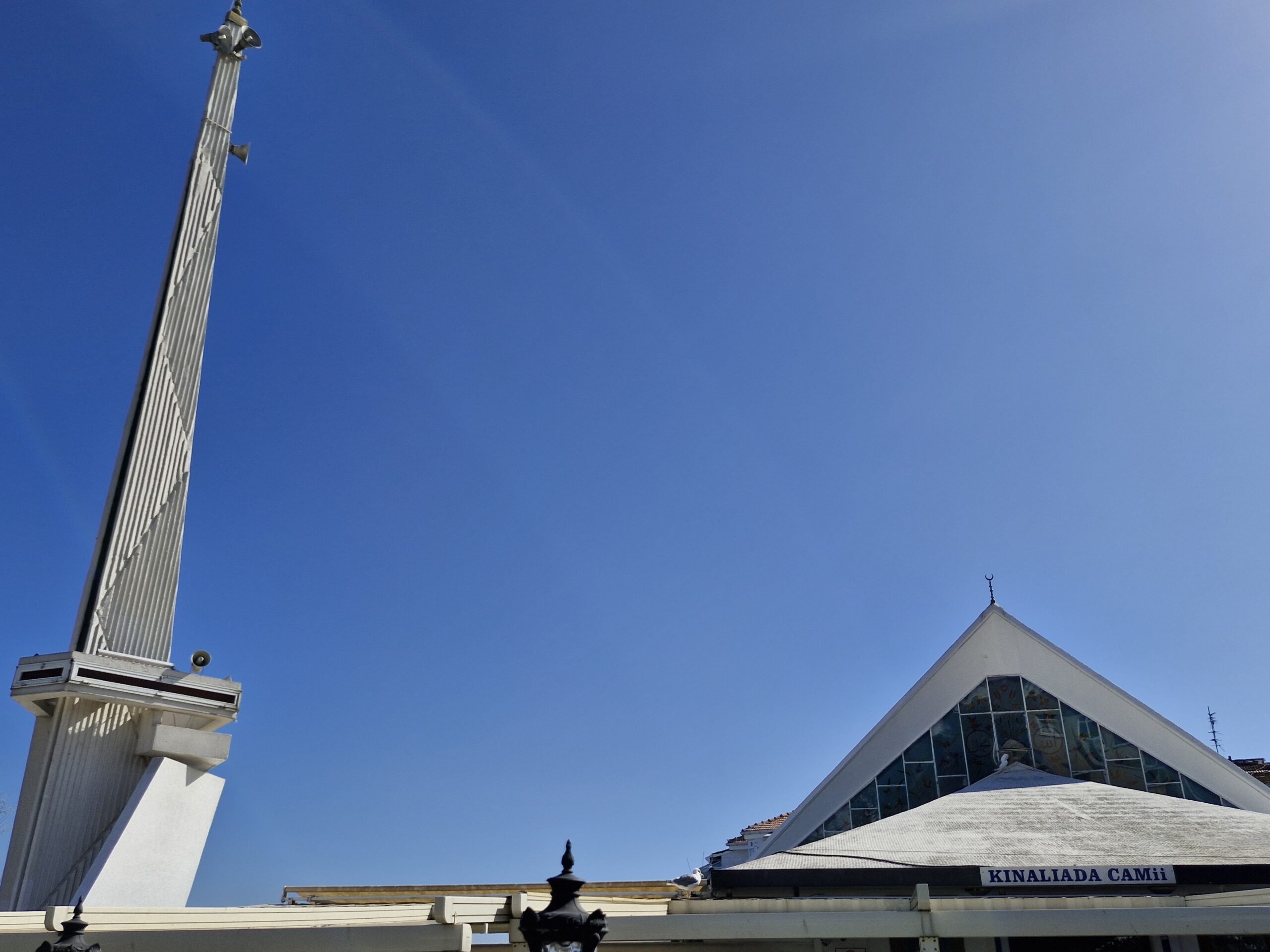
When I first saw the Kinaliada Mosque it took me back to Sundays during my teenage years in Sydney where the only sounds were lawnmowers and singing from suburban churches, all orange brick, perpendicular roof angles and modern stained glass. Kinaliada Mosque wouldn’t have looked out of place.
In 1957 Muslims on Kinaliada formed an association to have a mosque built with architect Turhan Uyaroğlu as the head. Along with his colleague Başar Acarlı, Uyaroğlu bought a plot of land by the water. Local swimmers decried the location, unhappy at the idea people at worship would see them scantily clad and frolicking in the sea.
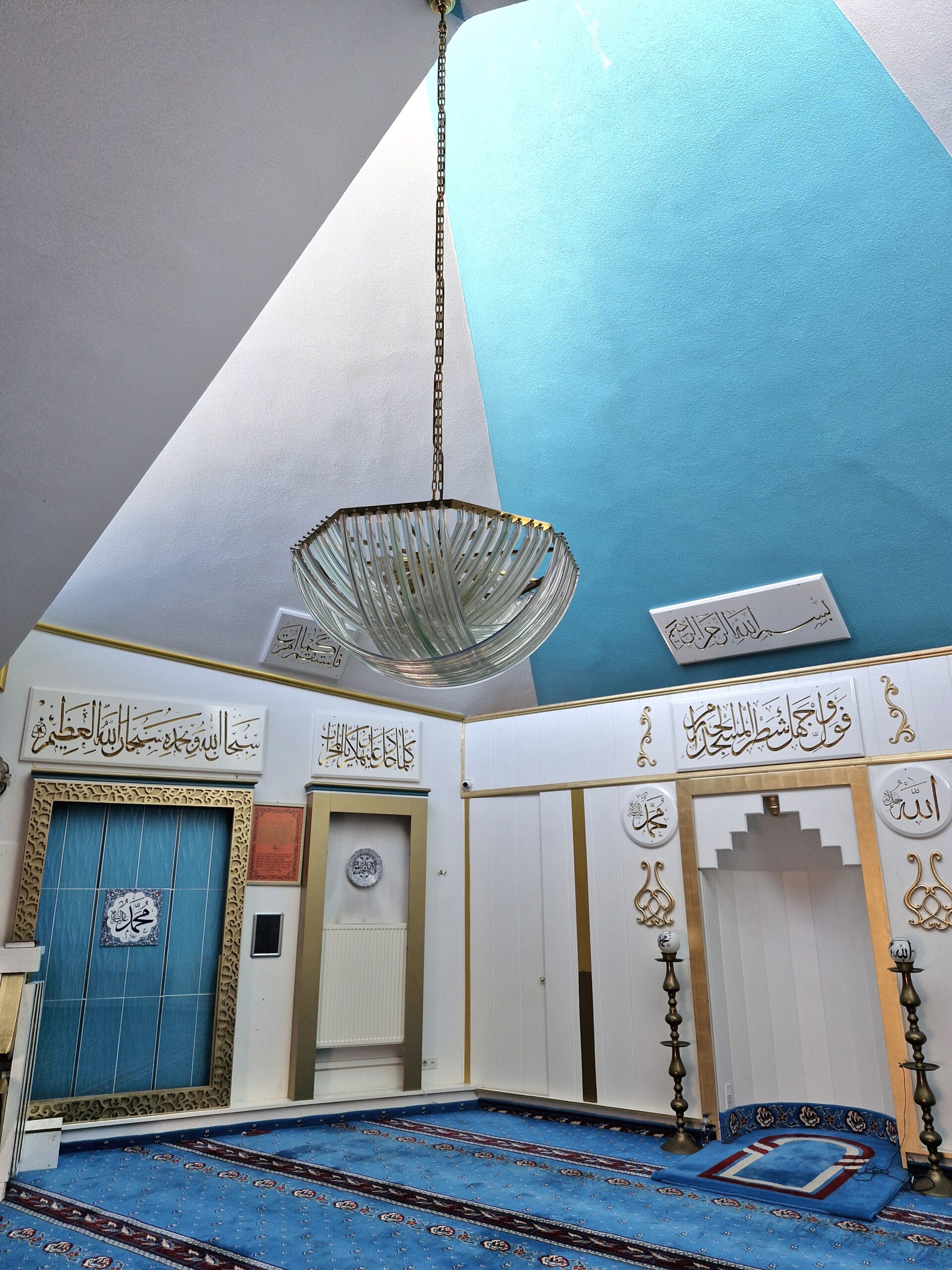
Uyaroğlu managed to assure them they wouldn’t be visible to worshippers and started drawing up the plans with Acarlı. When they learned a mosque was being demolished in Karakoy over on the mainland, they came up with the idea of bringing it over in pieces to erect on the island.
Unfortunately a lot of the material was damaged when the mosque was being dismantled. What could be saved was brought over by boat, but much of it fell into the water. In the end, only some of the marble from the Karakoy mosque was used in the new construction.
Building commenced but once again there was controversy. The plan for the mosque didn’t include a dome, contrary to traditional Ottoman mosque architectural style. Such was the strength of feeling, people applied to the municipality to have to building stopped. In order to convince them otherwise, Uyaroğlu and Acarlı invited a group of respected architects over to the island to speak to the locals and the mayor.
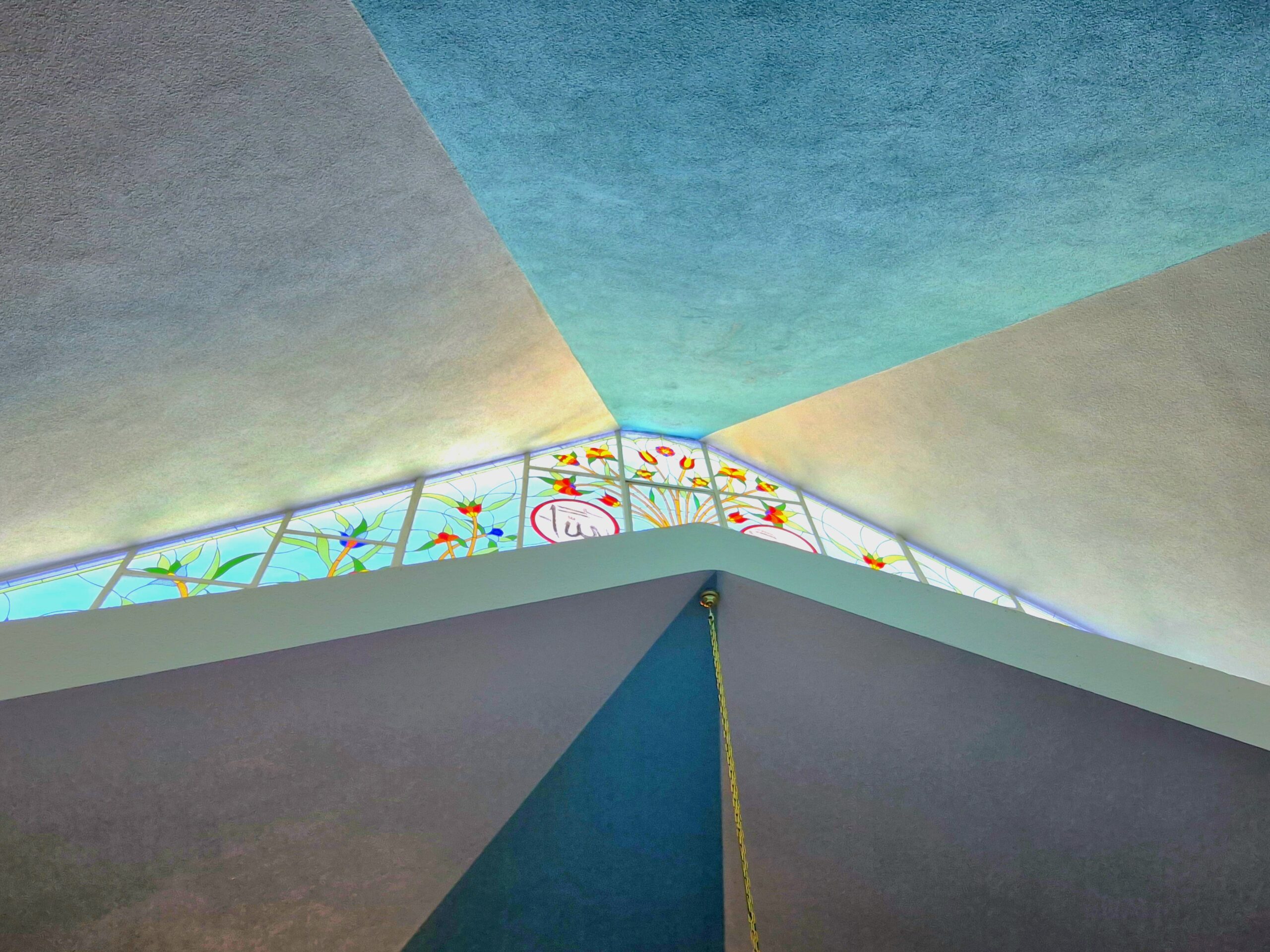
In their speech they made reference to Ottoman architect Mimar Sinan. He was famous for using a dome to cover a large open space at a time when no other solution presented itself. Were Sinan alive today, the architects argued, he would definitely have come up with something else.
Convinced, the locals and the mayor allowed construction to continue and this still very contemporary looking mosque opened for worship in 1964.
Kinaliada Hamam
Çınarlı Köşk Sokak No 13
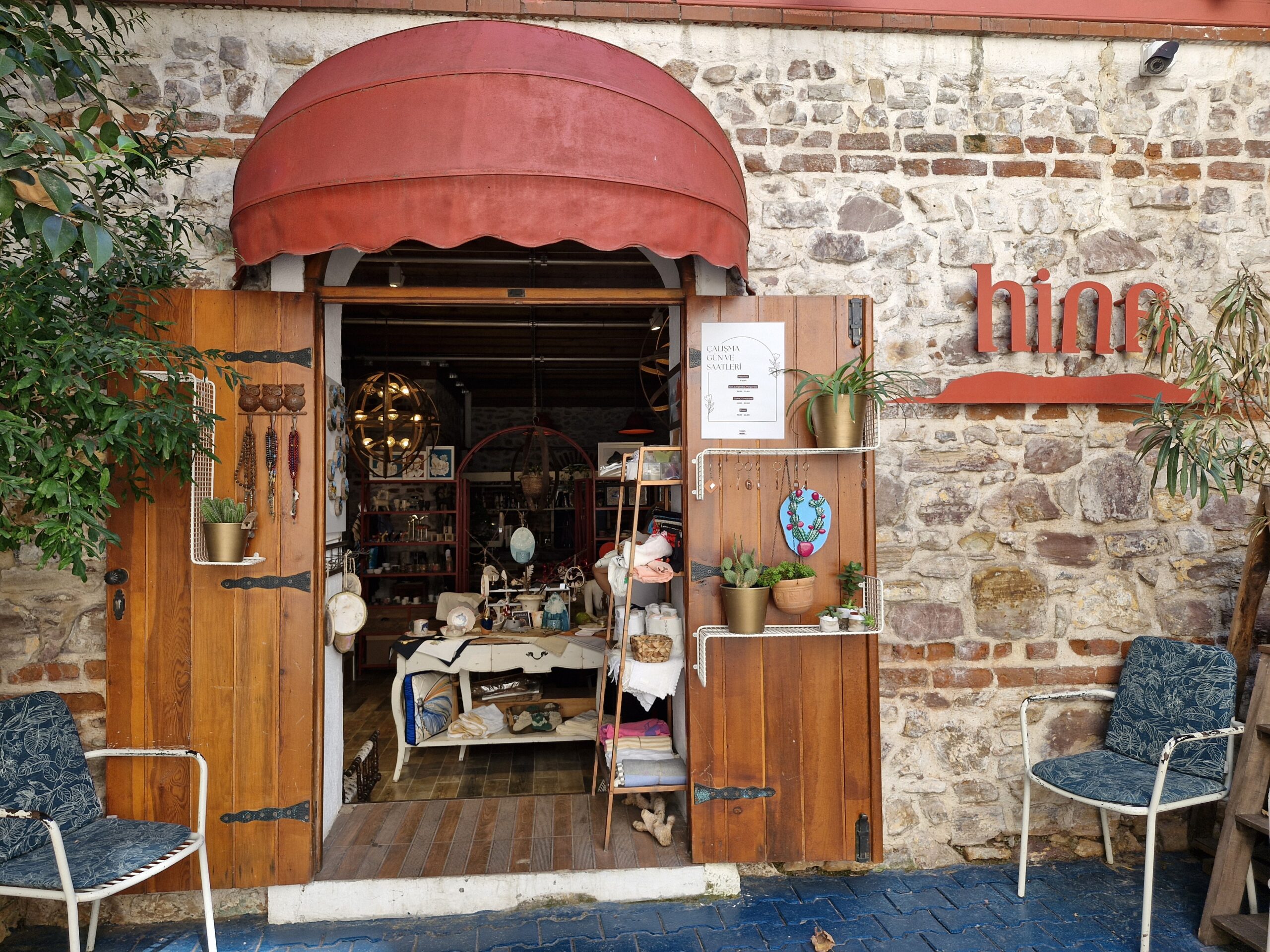
Now home to a café and shop called Hina, Kinaliada Hamam was built in the late 1800s by Noradunkyan Efendi for local use. Later, Noradunkyan donated the hamam to the Surp Krikor Lusavoriç Ermeni Kilisesi so they could use the profits to run an Armenian school. Originally the building was clad in white marble and there were two pools inside, one hot and one cold.
Kinaliada Beaches
Year-round mobile scooters working as private transfers wait at the wharf exit to take people around to other parts of island. During the summer months beach spruikers promote the merits of different ‘beach resorts’. Coming from Australia with its 40,000 beaches, these so called resort venues offering sun loungers and umbrellas lined up on narrow strips of stoney beach or on concrete lidos, with restaurants, cafes and bathroom facilities attached, don’t really appeal. I don’t believe people should be allowed to charge for access to the sea. After all, it belongs to all of us.
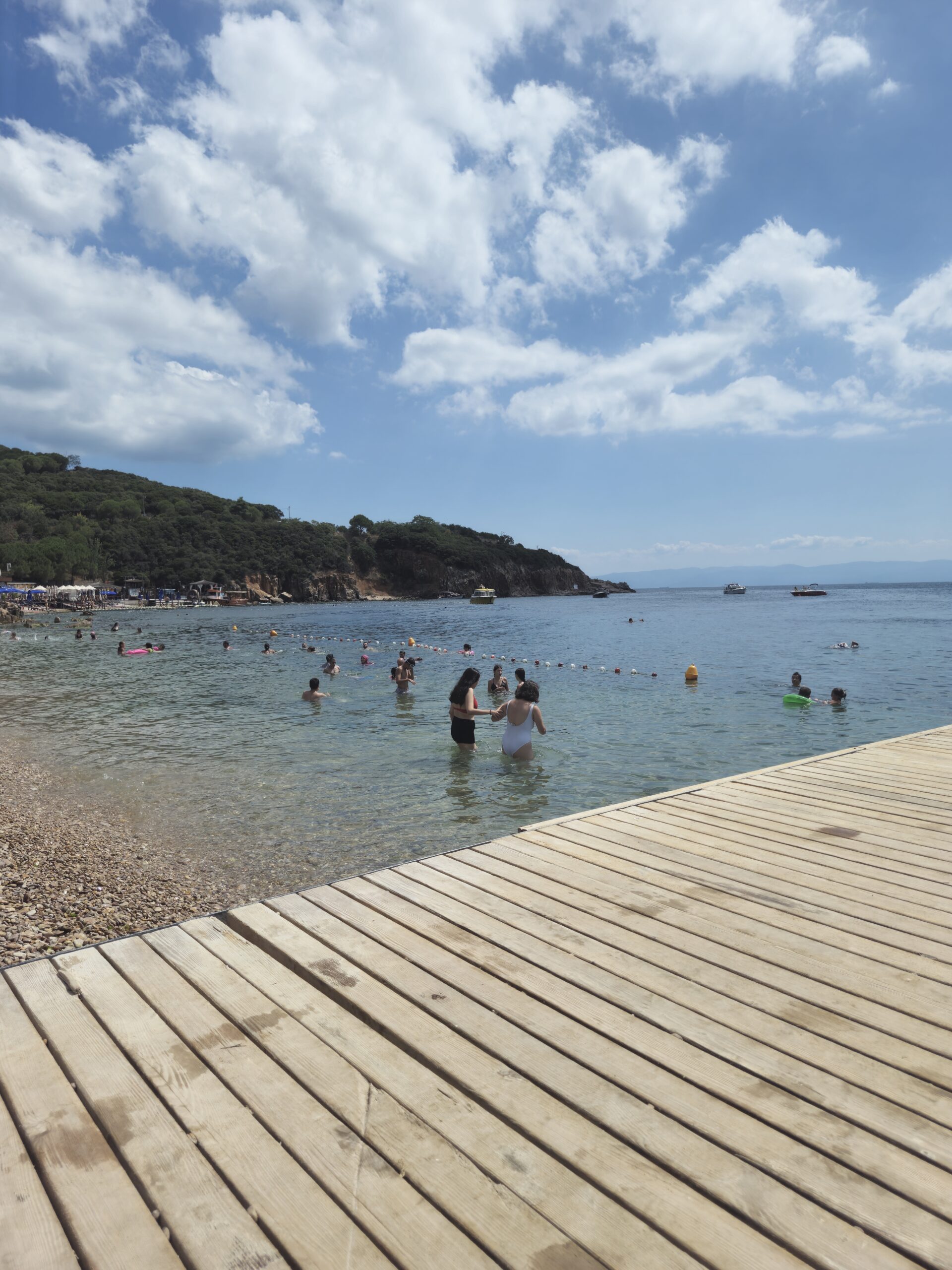
If I only want a quick dip I prefer to drop my towel either side of the pier, such as at the free public Kinaliada Iskele Plaj (Kinaliada Wharf Beach). Otherwise I walk 2km to Ülker Halk Plajı (turn left when you leave wharf and keep walking). It’s a combination of halk plaj (free public beach) and a private concession. You can bring your own food and umbrella to use on section of the beach that’s public, or hire sezlong ve şemsiye (sun lounger and umbrella).
In summer 2024 one sun lounger and umbrella rented for 200tl for the day or 350tl for two loungers sharing the one umbrella. 2025 Prices won’t be announced for a few weeks to a month so I’ll update this when I know.
Ülker Halk Plajı is a stone beach so don’t forget to wear your swim shoes. There’s a café on site as well as changing cabins, showers and toilets available to use for a small fee.
How to get to Kinaliada
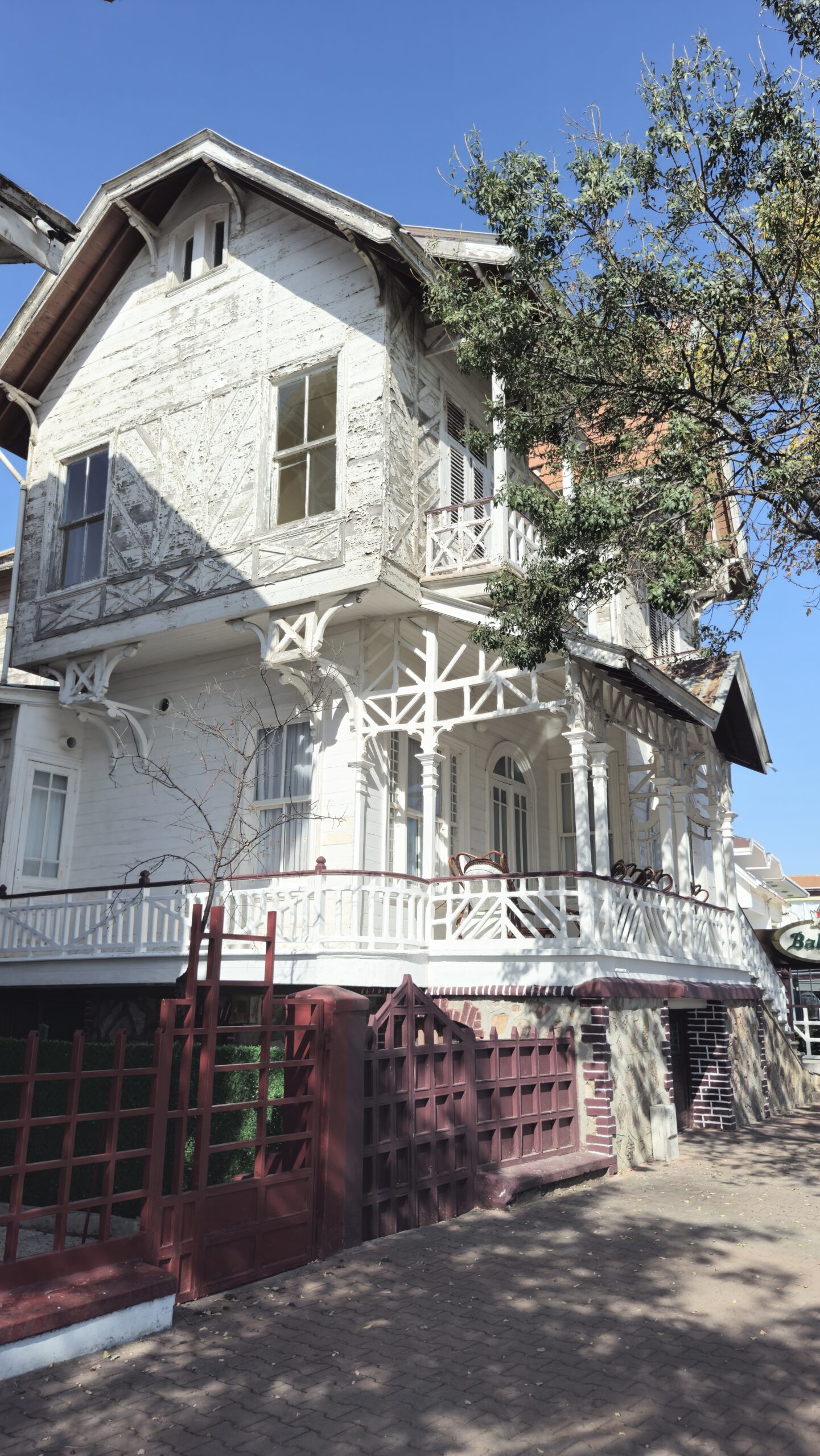
Kinaliada is the fourth smallest of the Princes Islands, and you can walk from one end to the other in about half an hour. It’s the closest one to Istanbul and Sehir Hatları ferries connect the island with the mainland from terminals at Eminönü and Kabataş on the European side of Istanbul and from Kadıköy and Bostancı on the Asian side. Most of the ferries call at Kinaliada first before continuing to Burgazada, Heybeliada and Büyükada.
The first ferryboat service to the islands started in 1846. The Kinaliada wharf is on the eastern side of the island and almost as soon as you disembark, you’ll see two near identical houses made from brick and boards painted white. They’re the Sirakyan twin houses, built by Avedisyan Kalfa for Iskon Sirakyan in the early 1900s. Sirakyan was a member of the large Armenian community that regularly summered on the island up until the 1950s.
The road they sit on runs along the coastline in either direction. Head north and you’ll end up at the Kinaliada Water Sports Club. Head south one block and you’ll come to Akgunluk Sokak. This street runs inland from coast and I’ve used it as the main point of orientation for your island tour.
If you have limited time or prefer to have someone show you around, I recommend these Princes Islands cruises and tours.
Planning to come to Istanbul or Turkey? Here are my helpful tips for planning your trip.
For FLIGHTS I like to use Kiwi.com.
Don’t pay extra for an E-VISA. Here’s my post on everything to know about evisas before you take off.
However eSIM are the way to stay connected while you’re away. I recommend Truely, an eSIM provider working with local telcos. You can buy it before or after you arrive in Turkey, to use for 1 to as many days as you need. Truly eSIM are straightforward to install and activate but if you have any problems their responsive Whatsapp customer service is available 24/7.
Use my code: insideoutinistanbul and get 5% off when you order through the Truely website.
Even if I never claim on it, I always take out TRAVEL INSURANCE. I recommend Visitors Coverage.
If you’re travelling alone, check out this post on useful solo travel tips Turkey for women (and men).
I’m a big advocate of public transport, but know it’s not suitable for everyone all the time. When I need to be picked up from or get to Istanbul Airport or Sabiha Gokcen Airport, I use one of these GetYourGuide AIRPORT TRANSFERS.
ACCOMMODATION: When I want to find a place to stay I use Booking.com.
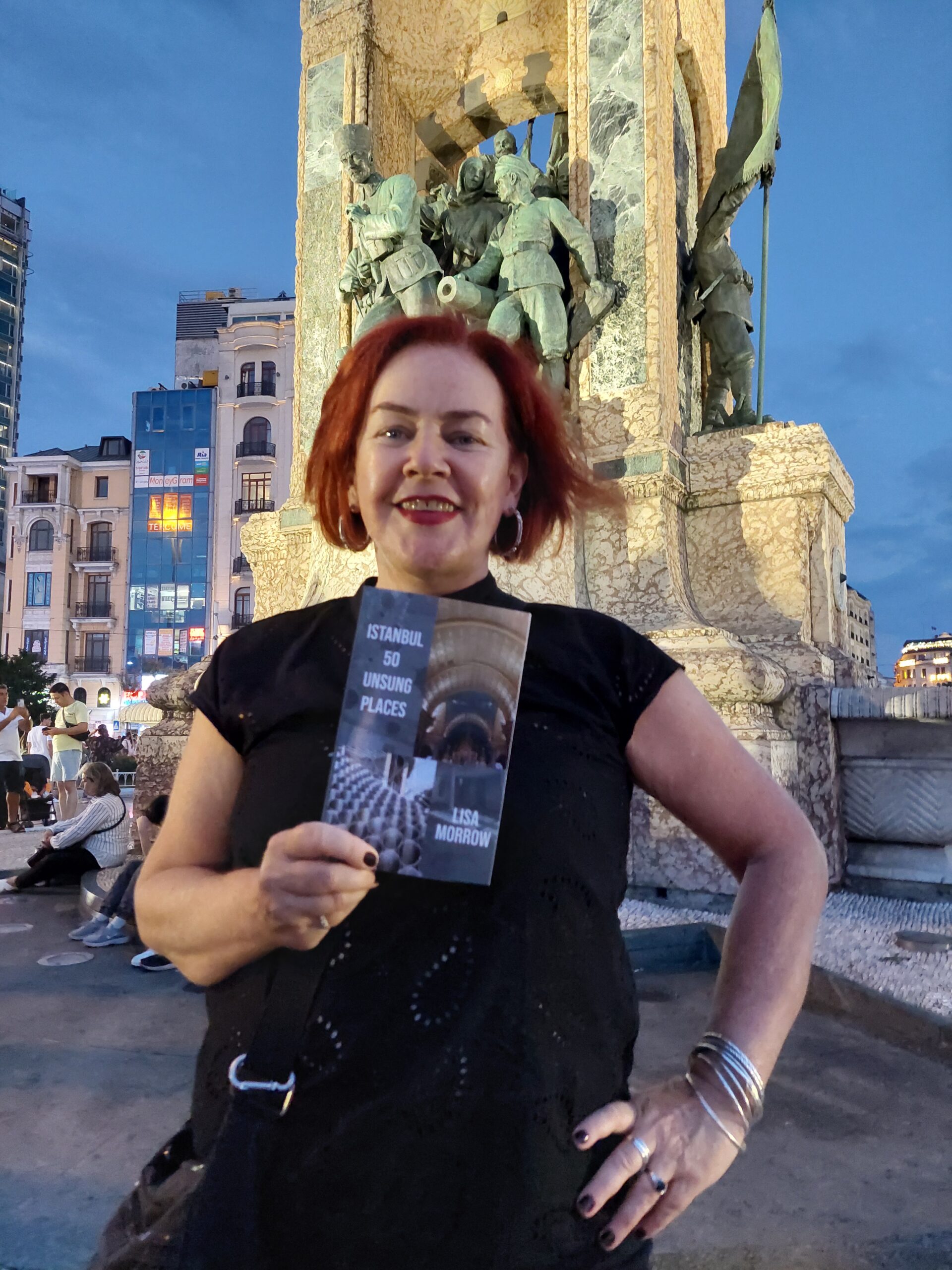
CITY TOURS & DAY TRIPS: Let me guide you around Kadikoy with my audio walking tour Stepping back through Chalcedon or venture further afield with my bespoke guidebook Istanbul 50 Unsung Places. I know you’ll love visiting the lesser-known sites I’ve included. It’s based on using public transport as much as possible so you won’t be adding too much to your carbon footprint. Then read about what you’ve seen and experienced in my three essay collections and memoir about moving to Istanbul permanently.
Browse the GetYourGuide website or Viator to find even more ways to experience Istanbul and Turkey with food tours, visits to the old city, evening Bosphorus cruises and more!
However you travel, stay safe and have fun! Iyi yolculuklar.
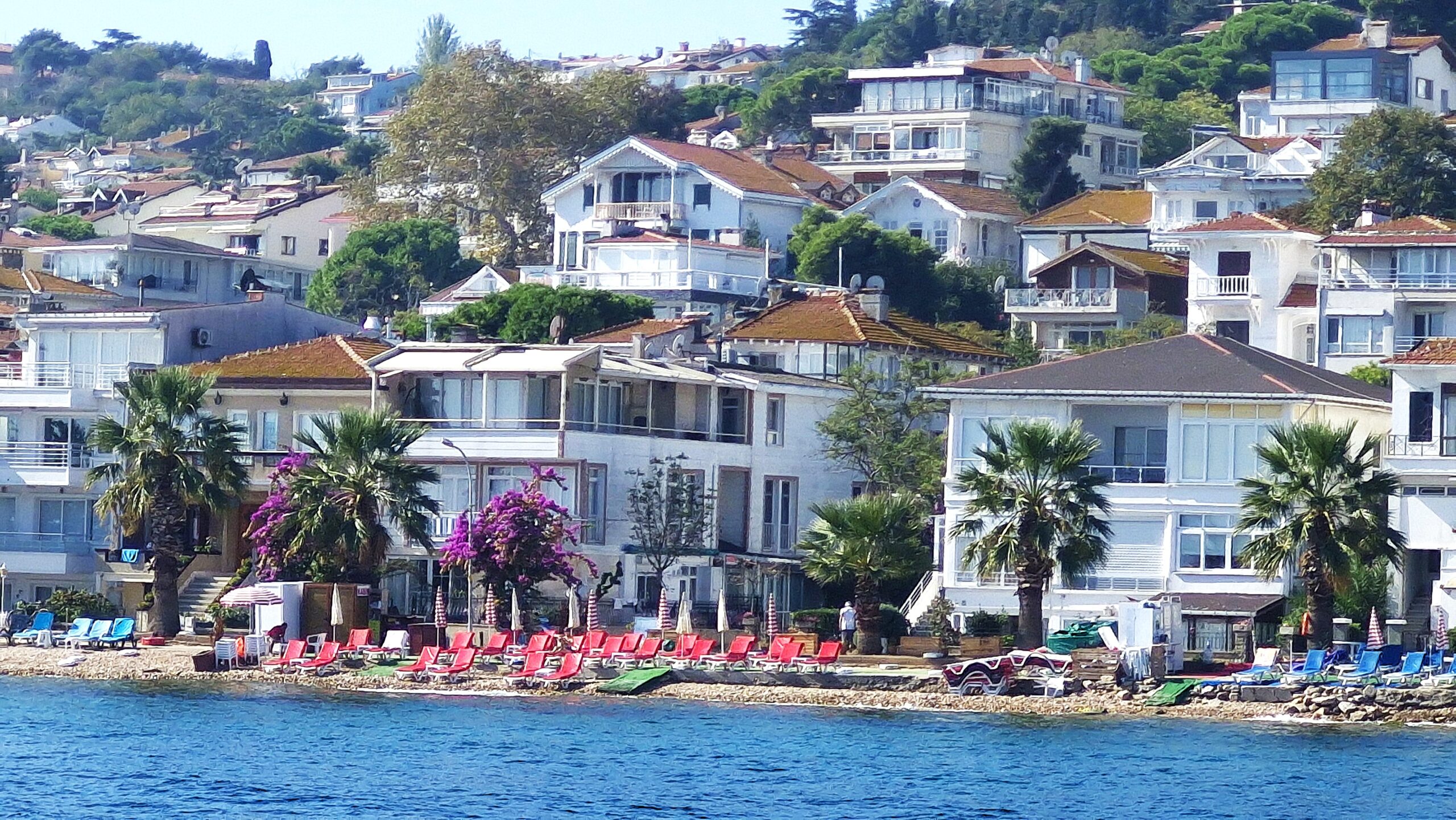
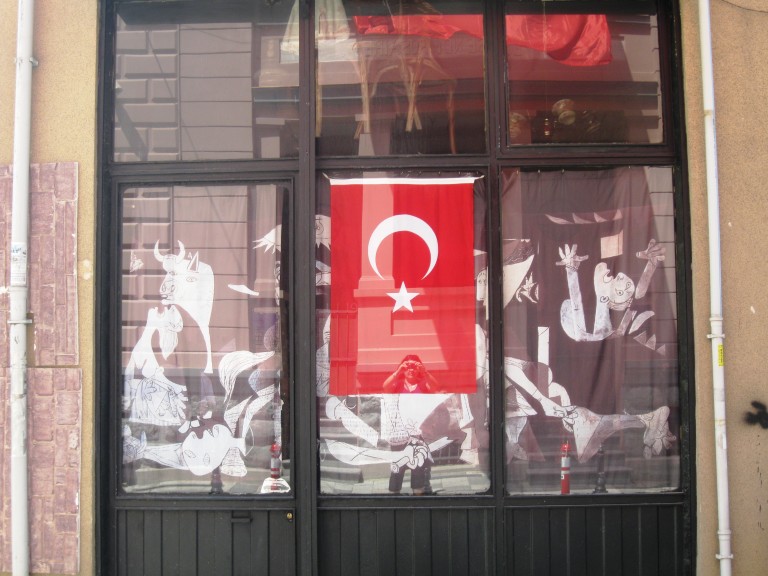
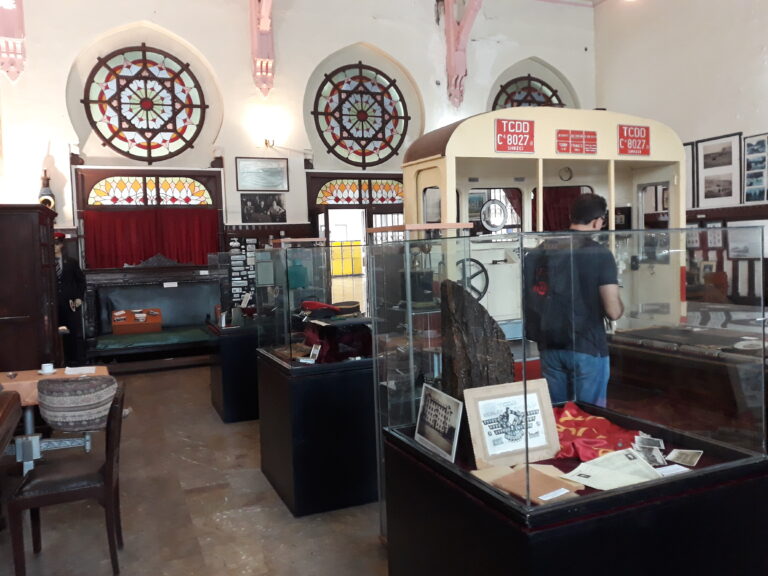
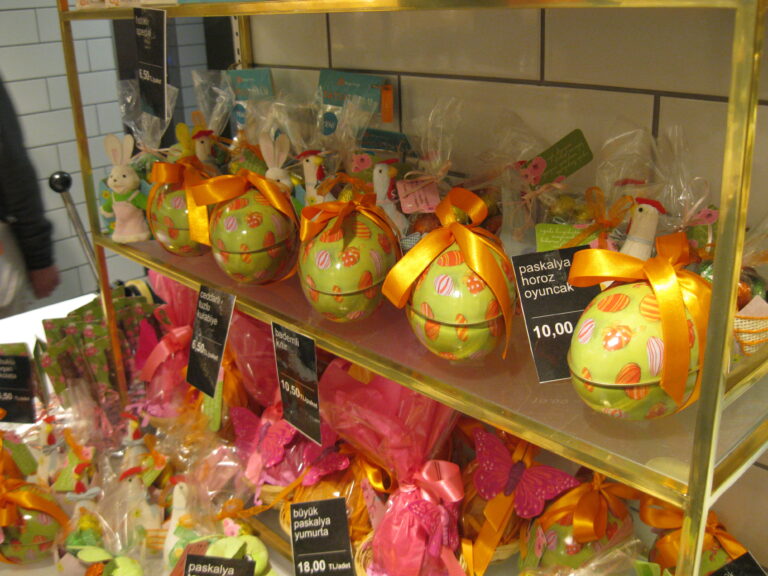
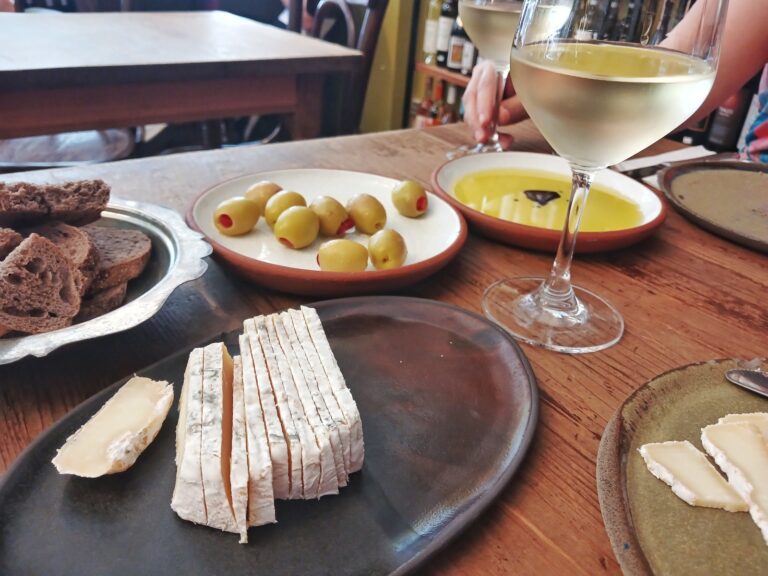
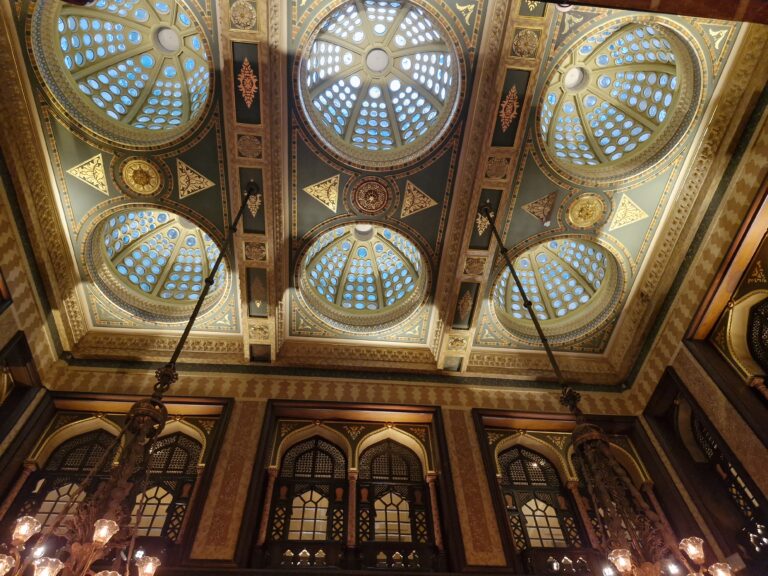
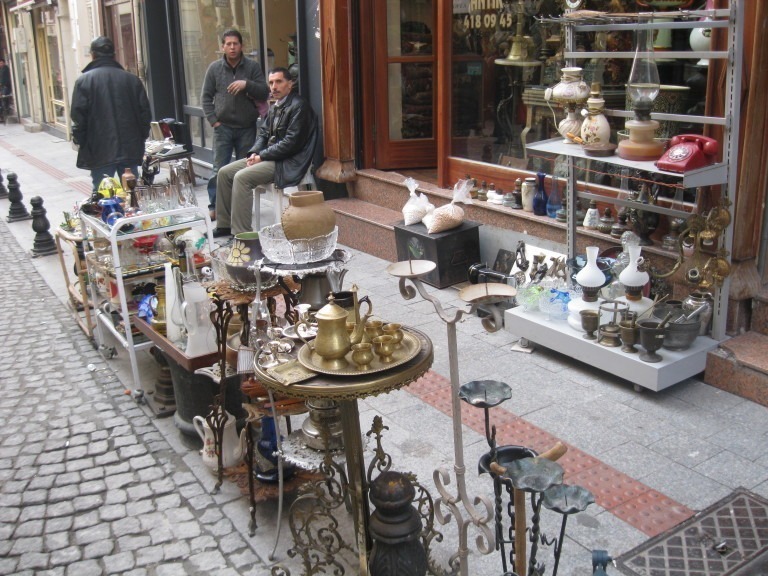
Hi, can I moove to KINALIADA & live there for my retirement.
I don’t know. You need to check the regulations about where foreigners can live in Istanbul. I suggest you join this FB group and check out the files https://www.facebook.com/groups/544167955696716